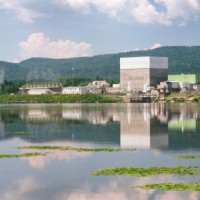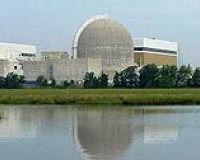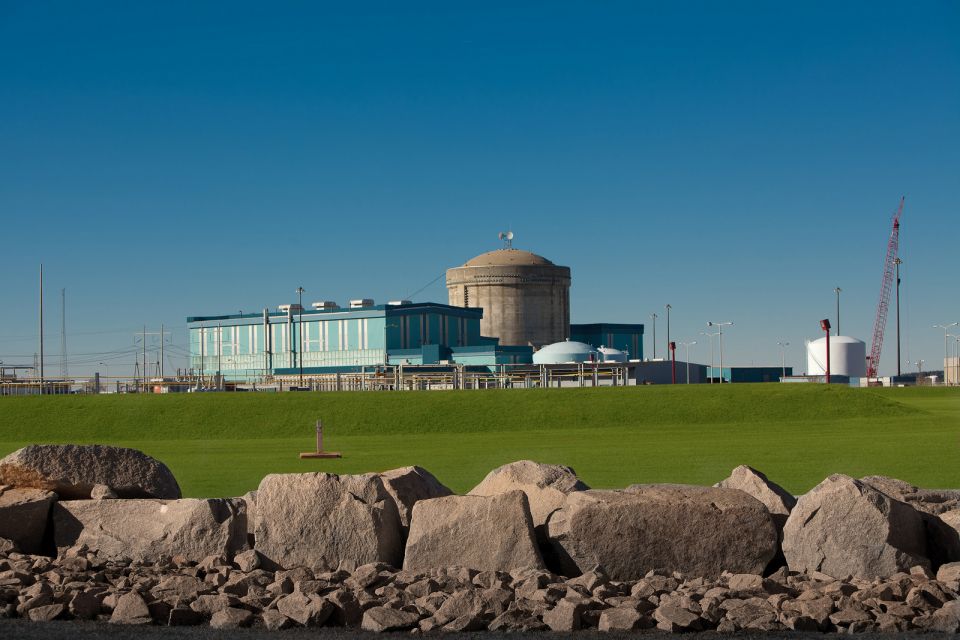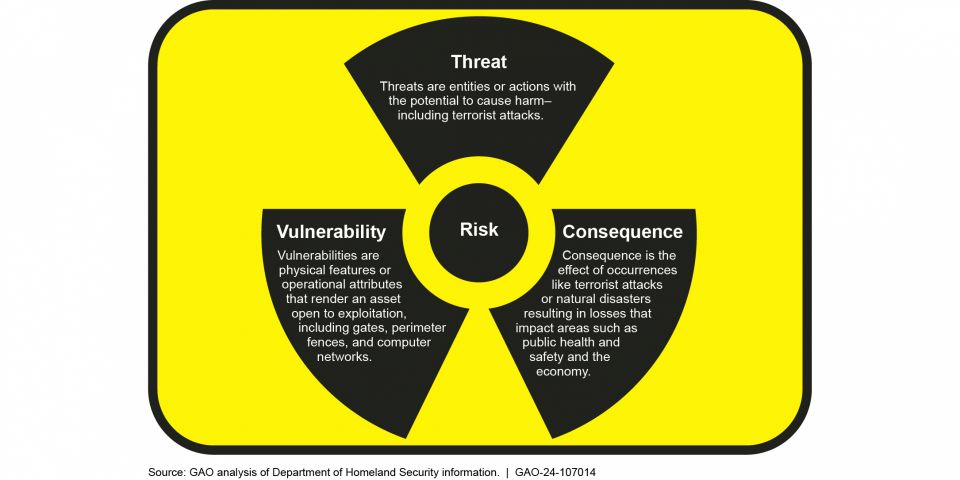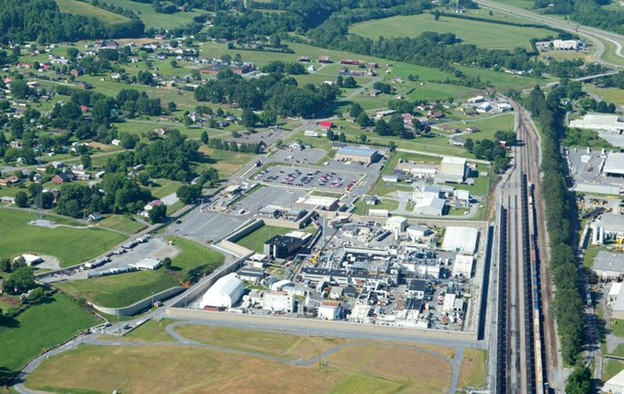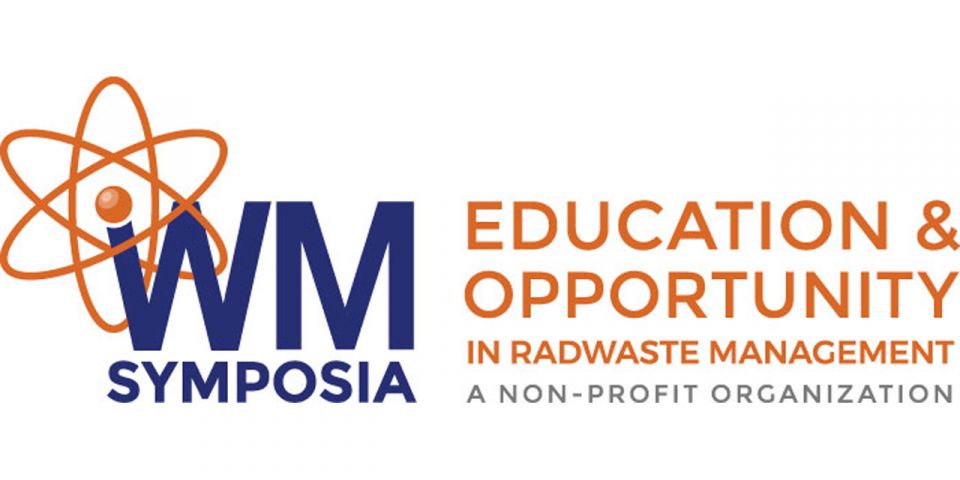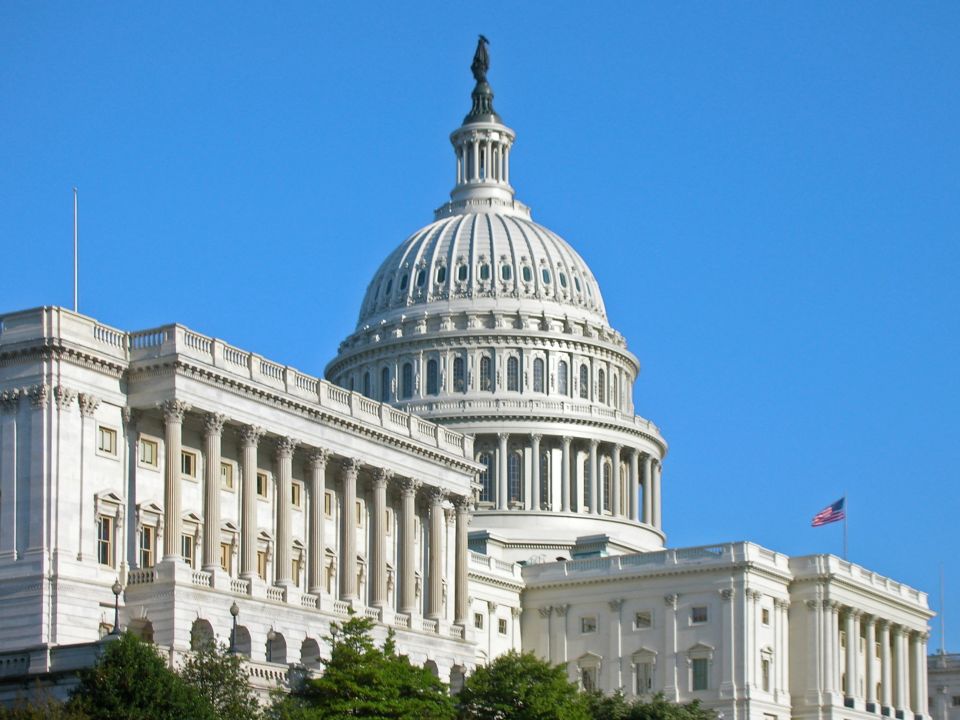An Interesting Summer!
 Entergy, the owner of the Vermont Yankee nuclear power plant (VY), has sued the state of Vermont in federal court. At the same time, VY is the subject of a suit against the Nuclear Regulatory Commission, in which intervenors claim that VY does not have a discharge permit required by the Clean Water Act.
Entergy, the owner of the Vermont Yankee nuclear power plant (VY), has sued the state of Vermont in federal court. At the same time, VY is the subject of a suit against the Nuclear Regulatory Commission, in which intervenors claim that VY does not have a discharge permit required by the Clean Water Act.
This summer, VY also experienced the discovery of a fish with strontium-90; tritium (as tritiated water) detected at the edge of the Connecticut River; an earthquake; and a hurricane!
Vermont Yankee received a 20-year extension of its license from the NRC in March. (It received its license the day before Fukishima, as I recall.)
The plant, however, does not have the state's permission to operate. Entergy sued the state, claiming that the state is illegally trying to block operation of the plant beyond the end of its original 40-year license. The plant also filed for an injunction to prevent the state from acting to stop the plant while the lawsuit is in court. The injunction was turned down. The plant could be closed down while the lawsuit is in court. Would Entergy order new fuel for Vermont Yankee? Yes, and in fact the plant ordered new fuel for its upcoming outage.
But, as usual in Vermont, there is more than the lawsuit going on.
The Water Permit: Several intervenor groups have sued the NRC, claiming that the plant's license extension was illegal, because the plant does not have the required state-issued discharge permit allowing use of the Connecticut River water for cooling. Regulations require that the NRC make sure that an applicant has all required licenses and permits before issuing a license or a license extension. The NRC and VY have said in the press that they have what is required through the current permit. One press report said that the current permit has no expiration date on it. I'll let the lawyers and judges hash this one out. It's "too much" for a mere engineer to figure out, that they are suing because the two sides have differing opinions on what is required, after a five-year license renewal process!
The Strontium Fish:One fish, taken as a control for plant monitoring, was caught nine miles upstream from the plant. It was found to have strontium-90 in its flesh. Governor Peter Shumlin immediately sent a letter to the plant, asking it to increase the number of monitoring wells. The letter was, of course, released to the press. It implied that the plant was somehow at fault. The next day at a press conference, Shumlin backed down, and his own Department of Health publicly disagreed with him. Finally, Shumlin asked for more frequent sampling of fish. As the head of the Department of Health said at the press conference while standing next to Shumlin, testing nuclear weapons in the atmosphere, which ended in the 1960s, is responsible for radioactive strontium in the world's environment.
The Tritium in the River: Tritiated water was detected at just above the minimum detectable on the river shore alongside VY. Given the below-grade leak that occurred, and the use of monitoring and extraction wells, a low-level plume was expected to eventually reach the river. From reports, the sample was collected with a hose, apparently to prevent any dilution. Of course, it was an issue in the press, and plant opponents acted as if the "sky is falling," for the umpteenth time. The state of New Hampshire's samples did not detect any tritium.
The Earthquake Monitor: Then came the earthquake, centered in Virginia. It was felt in Vermont, and in Vernon, VY's location. The plant's seismic detector did not alarm, and it was so reported to the press. The plant kept on operating. Opponents were quick to imagine that the detector wasn't working. Several days later, the local paper, the Brattleboro Reformer, contacted a geology professor who said that structures built on bedrock, such as the VY plant, would experience less shock than those built on soils that transmit the secondary earthquake wave. So the earthquake would have been felt at VY, but the shock would not have been enough to set off the alarm.
The Hurricane: Hurricane/tropical storm Irene wreaked havoc on the state of Vermont, as is being reported nationally. The governor had not declared a state of emergency before the storm, and was questioned about this on national television news (CBS). In truth, the only way to deal with the amount of water that fell would have been to have evacuated large sections of towns along rivers. The raging torrents could not have been controlled, nor could the damage have been prevented, or even minimized. When questioned about the VY plant and radioactive materials during the hurricane, the governor said, "We are in good hands." (See Yes Vermont Yankee for video and transcript.)
Shumlin did, of course, repeat that this did not mean that the "old and leaky plant should not still shut down in March."
Through all this, the plant has run without anything internal (no power-downs, no outages) to get it in the news.
Direct Action by Plant Opponents: The opponents scheduled a workshop at the Norwich Congregational Church, which fell on the Sunday that Hurricane Irene hit Vermont. The workshop was for those who want to take direct action against VY, and was sponsored by the Clamshell Alliance. The alliance originally formed to oppose the Seabrook nuclear power plant, and sponsored occupation of the site, and held rallies, and climbed fences. The alliance wound up with a contempt of court citation in New Hampshire, and went underground. The group plans a weekend camp in early September for "direct action training."
The Trial: The three-day trial on the VY-Vermont lawsuit begins September 12.
Opponents prepare for fall and winter: Other opponents have a fund-raising concert on September 17. The opponents have held a few public meetings through the spring and summer on decommissioning, and are preparing action in the event that the plant continues in operation. The opponents also plan to be active in the legislature when it convenes in January.
On August 30, it was announced that the NRC and the Federal Emergency Management Agency will inspect the VY plant after the hurricane, and inspect the area to ensure that evacuation routes are clear. The state's Emergency Management Agency has said the plant is okay.
Stay tuned!
________
Howard Shaffer has been an ANS member for 35 years. He has contributed to ASME and ANS Standards committees, ANS committees, national meeting staffs, and his local section, and was the 2001 ANS Congressional Fellow. He is a current member of the ANS Public Information Committee and consults in nuclear public outreach. He is coordinator for the Vermont Pilot Project. Shaffer holds a BSEE from Duke University and an MSNE from MIT. He is a regular contributor to the ANS Nuclear Cafe.


